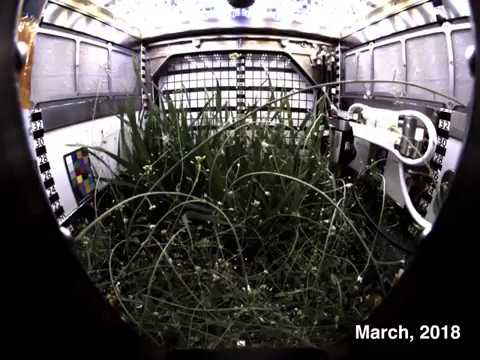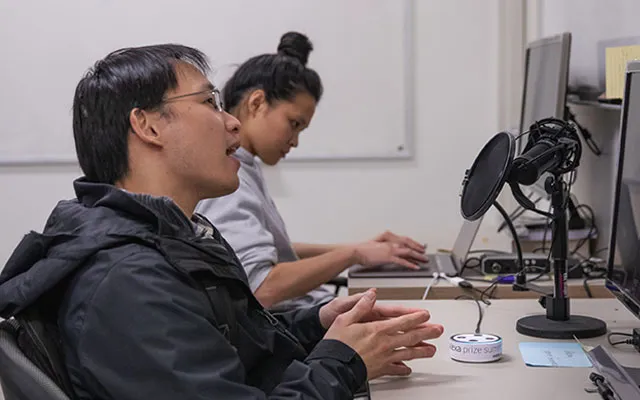
Space is awesome. We’ve said it before, and will likely say it again. Unfortunately, in addition to being amazing, it’s also incredibly hostile to human life. All of the supplies we need have to be brought from Earth, and food is obviously a pretty important element of our survival no matter where we are. Food will also obviously play a very important role in any interplanetary exploration that we do. The Advanced Plant Habitat (APH) is a relatively new addition to the International Space Station, but it’s already growing its first crops and providing incredibly valuable research and information that could be applicable both in space and on Earth.
The APH is a module about the size of a mini-fridge, but quite a lot more interesting than the standard dorm room essential. The APH is there to keep an eye on what’s growing and find out what conditions work best in space, and how what’s learned can be applied to crops on Earth. The module includes a wide variety of LEDs able to produce light anywhere from zero to 1,000 micromoles. It also gives crops a larger “root and shoot” area to allow for more different types of crops. There are a number of instruments and functions that are controlled here on Earth:
Its monitoring and environmental control systems regulate temperature, oxygen, and carbon dioxide levels, and the system settings can be adjusted for growing different types of plants. Although the system is largely autonomous, the crew adds water to the chamber and changes atmospheric elements such as an ethylene scrubber, carbon dioxide scrubber & bottles, and filters. All systems can be monitored and controlled from a computer on the ground that interfaces directly with the habitat to relay instructions and detailed adjustments to ensure investigation integrity.
The first batch of crops included Dwarf Wheat and Arabidopsis, which are small flowering plants related to cabbage and mustard. Since gravity is an important factor in plant growth and helps plants know which direction to grow, scientists are using the microgravity environment of the ISS to help determine what other factors may be important for crop growth. Since microgravity acts as a sort of “mute” switch according to NASA, it’s obviously important to figure out what other elements may factor into crop growth. Based on their results, something else has gotten things growing.
Maybe more important than the growth observed is the fact that the APH has shown that multiple generations of plants can be grown from a single seed. Seeds don’t take up too much room and don’t weigh a whole lot, so getting multiple generations of plants from a single seed could ultimately be a huge deal for future space travel. Take a look at a time lapse of growth in the APH in the video below:
Watch video:
Tech Aeris



















